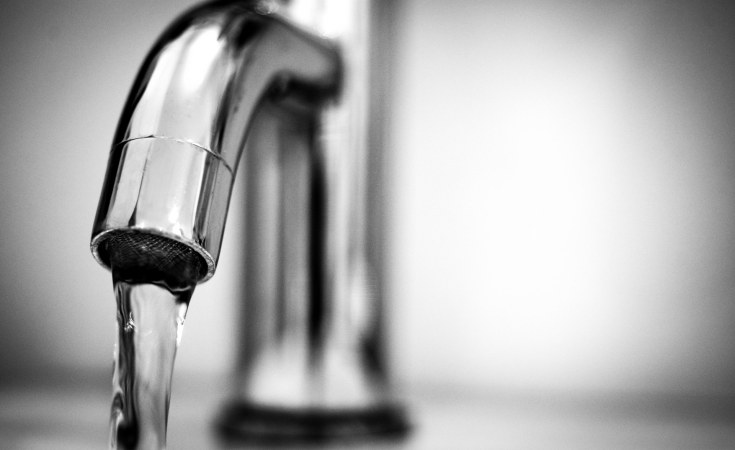Eight out of every 10 children in Namibia do not have enough water to meet their daily needs.
Namibia has been named one of the most impacted countries along with Niger, Jordan, Burkina Faso, Yemen and Chad.
This is according a United Nations Children's Fund (Unicef) report titled 'The Climate Change Child', which was released ahead of the COP28 climate change summit.
"In 2022, 436 million children were living in areas facing extreme water vulnerability," the report reads.
It says 80,6 % of Namibian children experienced high or extremely high water vulnerability in 2022.
Globally, one in every three children, 739 million worldwide, already live in areas exposed to high or very high water scarcity, with climate change threatening to make this worse, the report says.
Ministry of Agriculture, Water and Land Reform spokesperson Jona Musheko yesterday said some areas of the country need water urgently.
"We still have some hotspots that require our urgency to supply water. We are implementing our national water supply support project, which is looking at extending and expanding water infrastructure countrywide," he said.
Musheko said Namibia has, however, made achievements regarding water supply, with above 80% of the population having access to potable water, which includes children.
"We are working closely with our water utility agency [NamWater] to renovate facilities such as the Oshakati purification plant, the Rundu purification plant and the Ohangwena plant.
"This will ensure sustainable water supply to most hotspots that urgently need water in close proximity," he said.
Musheko said the ministry has not done a specific study focused on children.
"We are very hopeful that the yet-to-be concluded census would speak more to aspects such as this population demographic and access to water," he said.
The government in its submission on the United Nations 2023 water conference preparatory meeting stated that the urgency to develop infrastructure.
"Already there are signs of environmental degradation and that the country's renewable and non-renewable water supplies are being depleted," the report reads.
"Namibia requires about N$11 billion for bulk and rural water supply infrastructure projects in the next five years, and only secured about N$3 billion from loans and budget allocation," it says.
The government says water vulnerability is also due to the impact of climate change.
Moreover, the most recent outlook on Namibia's food insecurity says 26% of the population is expected to experience high levels of acute food insecurity by March next year.
The Erongo and Hardap regions would experience a lessened impact, it says.
" . . . partly due to government interventions and potential employment opportunities . . . Hardap may improve slightly due to planned drought-relief measures," the report reads.
It added that approximately 491 000 people, whic is 19% of the population, are expected to still face high food insecurity, primarily due to global price increases affecting purchasing power.


